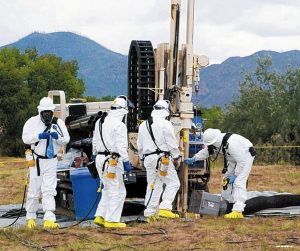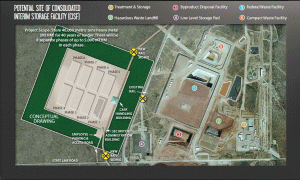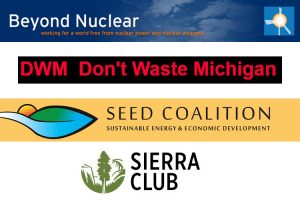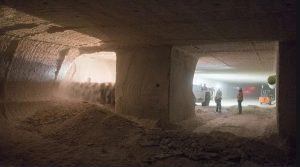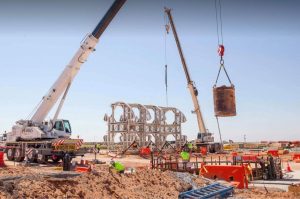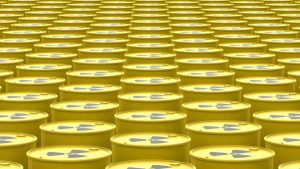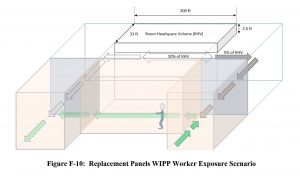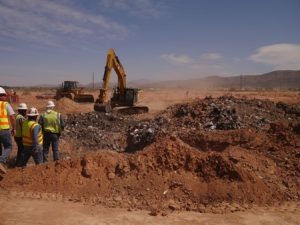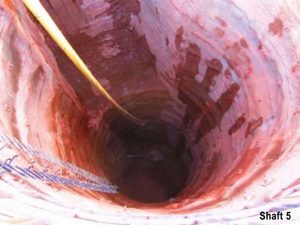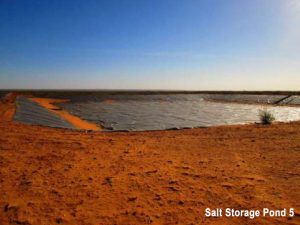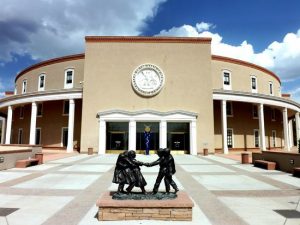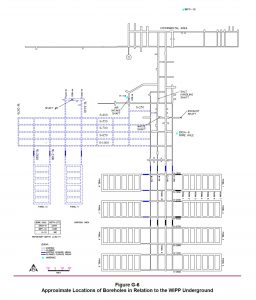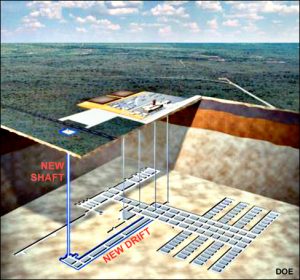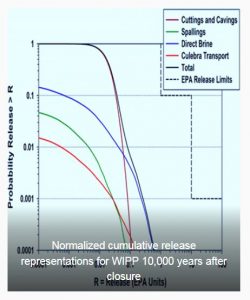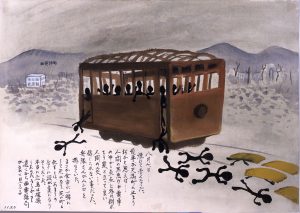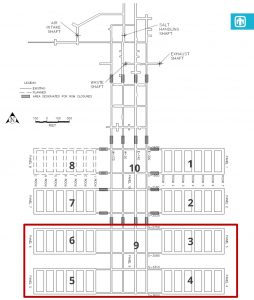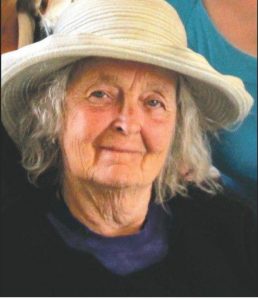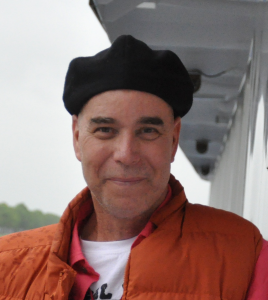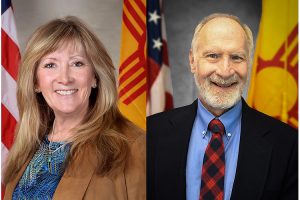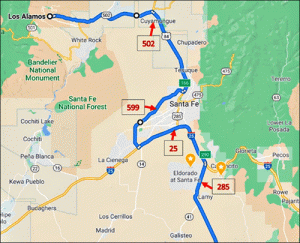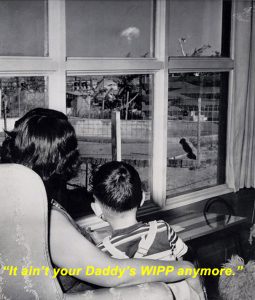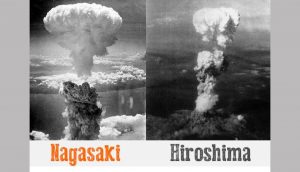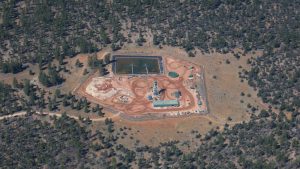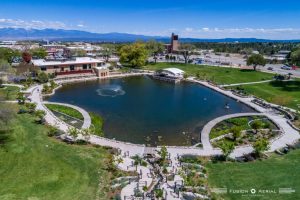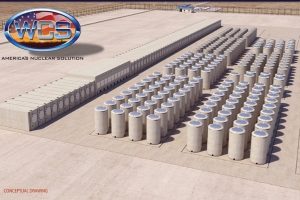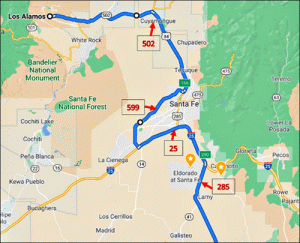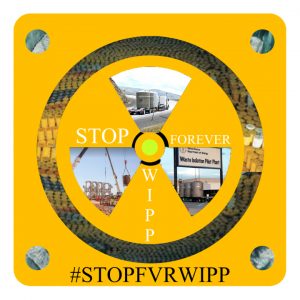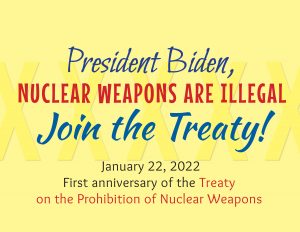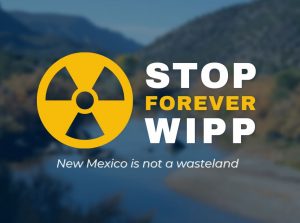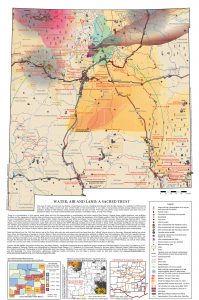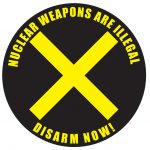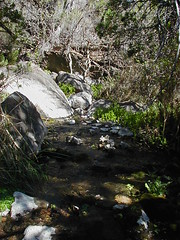![]() A deadline of July 10th, 2022 is looming for continuing the federal Radiation Exposure Compensation Act (RECA) and associated programs. In New Mexico, the Trinity Downwinders and Post ’71 Uranium Workers have been working for decades to ensure RECA continues and will include them in the programs.
A deadline of July 10th, 2022 is looming for continuing the federal Radiation Exposure Compensation Act (RECA) and associated programs. In New Mexico, the Trinity Downwinders and Post ’71 Uranium Workers have been working for decades to ensure RECA continues and will include them in the programs.
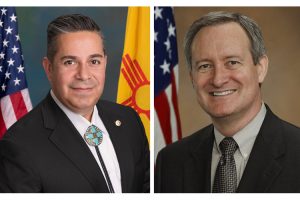 RECA was signed into law on October 15th, 1990 by President George H. W. Bush, but did not include the Trinity Downwinders and Post ’71 Uranium Workers.
RECA was signed into law on October 15th, 1990 by President George H. W. Bush, but did not include the Trinity Downwinders and Post ’71 Uranium Workers.
On Wednesday, September 22nd, under the bipartisan leadership of Senator Ben Ray Lujan of New Mexico and Senator Mike Crapo of Idaho, Senate Bill 2798 was introduced to extend and expand RECA. https://www.congress.gov/bill/117th-congress/senate-bill/2798?q=%7B%22search%22%3A%5B%22radiation+exposure+compensation+act%22%5D%7D&s=2&r=1 On the same day, Representative Teresa Leger Fernandez, who is a New Mexico Downwinder, led the effort to introduce a companion bill, H.R. 5338, in the U.S. House of Representatives. https://www.congress.gov/bill/117th-congress/house-bill/5338?q=%7B%22search%22%3A%5B%22radiation+exposure+compensation+act%22%5D%7D&s=2&r=2 Both bills include the Trinity Downwinders and Post ’71 Uranium Workers and add health coverage. https://www.lujan.senate.gov/press-releases/lujan-crapo-introduce-bipartisan-legislation-to-strengthen-reca/ , https://www.crapo.senate.gov/media/newsreleases/bipartisan-bicameral-reca-expansion-bill-introduced , https://fernandez.house.gov/media/press-releases/leger-fernandez-introduces-bipartisan-reca-expansion-bill
RECA covers Downwinders in certain counties located downwind of the Nevada Test Site in Arizona, Nevada, and Utah. Between 1945 and 1962, the U.S. conducted nearly 200 atmospheric nuclear weapons tests. RECA also covers Onsite Participants at the tests at the Nevada Test Site, the Pacific Test Sites, the South Atlantic Site and the Trinity Test Site in New Mexico. https://www.justice.gov/civil/common/reca
The first atomic test was a dirty bomb that took place at the Trinity Site on July 16, 1945. https://thebulletin.org/2019/07/trinity-the-most-significant-hazard-of-the-entire-manhattan-project/ Those living downwind of that test are known as the “Trinity Downwinders.”
National Geographic: “U.S. lawmakers move urgently to recognize survivors of the first atomic bomb test: The 1945 Trinity test produced heat 10,000 times greater than the surface of the sun and spread fallout across the country,” by Lesley M.M. Blume. https://www.nationalgeographic.com/history/article/lawmakers-move-urgently-to-recognize-survivors-of-the-first-atomic-bomb-test and
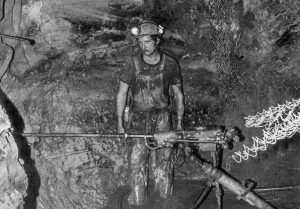 Axios’ special “Hard Truths” series on the environment, by Russell Contreras. https://www.axios.com/hard-truths-deep-dive-environment-trinity-test-529e4437-9305-4ba3-ba31-6989a4719efe.html?deepdive=1 and The Trinity Test and its lingering impact on Hispanics, Mescalero Apache – Axios
Axios’ special “Hard Truths” series on the environment, by Russell Contreras. https://www.axios.com/hard-truths-deep-dive-environment-trinity-test-529e4437-9305-4ba3-ba31-6989a4719efe.html?deepdive=1 and The Trinity Test and its lingering impact on Hispanics, Mescalero Apache – Axios
The new bills expand Downwinder coverage to then-residents of Colorado, Idaho, Montana, and New Mexico.
At present, RECA covers uranium miners, millers and ore transporters, but not those who drilled into the rock to obtain core samples. The core drillers are included in the new bills.
Since 1990, the RECA program has provided partial restitution to over 38,000 people in the amount of nearly $2.5 billion dollars to those eligible to receive compensation and who submitted successful claims. https://www.justice.gov/civil/common/reca, see Awards to Date near the bottom of the page.
Senator Lujan questions why RECA covers people in certain counties, but not “the community where the first nuclear bomb was tested on American soil. There’s not been a good answer given to me nor to the [D]ownwinders in New Mexico. There’s no question of the exposure that resulted from the Trinity test.”
Senator Lujan said, “For over a decade, I’ve been fighting alongside impacted communities to extend and expand RECA. This is about justice and doing what’s right, and there’s no time to waste.”
To learn how you can support these efforts, please visit https://www.trinitydownwinders.com/ and https://swuraniumimpacts.org/ .
We are Podcasting!
- Thank you to everyone
 who has contributed to CCNS!!! We are grateful for your continuing support to produce the CCNS News Update and distribute it across the world.
who has contributed to CCNS!!! We are grateful for your continuing support to produce the CCNS News Update and distribute it across the world.
- Sunday, Sept. 26th: International Day
 for the Total Elimination of Nuclear Weapons at the United Nations. https://www.un.org/en/observances/nuclear-weapons-elimination-day and information about the UN High Level Meeting on September 28th: https://mailchi.mp/1bf979821cce/sep-26-international-day-for-nuclear-weapons-elimination-5353876?e=01890264d2
for the Total Elimination of Nuclear Weapons at the United Nations. https://www.un.org/en/observances/nuclear-weapons-elimination-day and information about the UN High Level Meeting on September 28th: https://mailchi.mp/1bf979821cce/sep-26-international-day-for-nuclear-weapons-elimination-5353876?e=01890264d2
- Wed., Sept. 29th from 5:30 to 7:30 pm virtual
LANL Cleanup Contractor, N3B, Cleanup Forum
Where: Virtual meeting, via WebEx platform at https://n3b-la.webex.com/n3b-la/j.php?MTID=m0da5ec5c2343faffa048d6e23784dc69 Meeting password: N3BbWVcTu36
Phone: (415) 527-5035 Meeting number: 1993511775
Background: This virtual event will feature discussions on the Environmental Management mission at LANL, recent progress, and future cleanup priorities.
The community discussion/Q&A that will follow a short presentation will provide one of many opportunities for public input into legacy cleanup activities and upcoming decisions.
For meeting information including login details, visit www.n3b-la.com/outreach.
- Mon., October 4th: Public comments are due
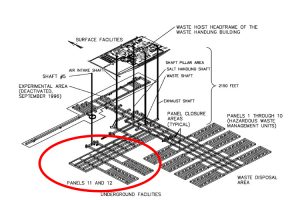 to NM Environment Department about the proposed construction and use of hazardous waste disposal Units 11 and 12. This is DOE’s plan to “replace” the panels that were contaminated due to years of mismanagement (also known as “DOE’s mismanagement panels”). For more information see http://nuclearactive.org/does-latest-plan-for-expanding-wipp-three-new-drifts-and-two-new-waste-disposal-panels/ , https://nuclearactive.org/doe-continues-its-push-for-wipp-expansion/ and https://wipp.energy.gov/wipp_news_20210810.asp A sample public comment letter you can use is available here. Comment Ltr to NMED re WIPP Permit Renewal-Oppose Panels 11 & 12
to NM Environment Department about the proposed construction and use of hazardous waste disposal Units 11 and 12. This is DOE’s plan to “replace” the panels that were contaminated due to years of mismanagement (also known as “DOE’s mismanagement panels”). For more information see http://nuclearactive.org/does-latest-plan-for-expanding-wipp-three-new-drifts-and-two-new-waste-disposal-panels/ , https://nuclearactive.org/doe-continues-its-push-for-wipp-expansion/ and https://wipp.energy.gov/wipp_news_20210810.asp A sample public comment letter you can use is available here. Comment Ltr to NMED re WIPP Permit Renewal-Oppose Panels 11 & 12



